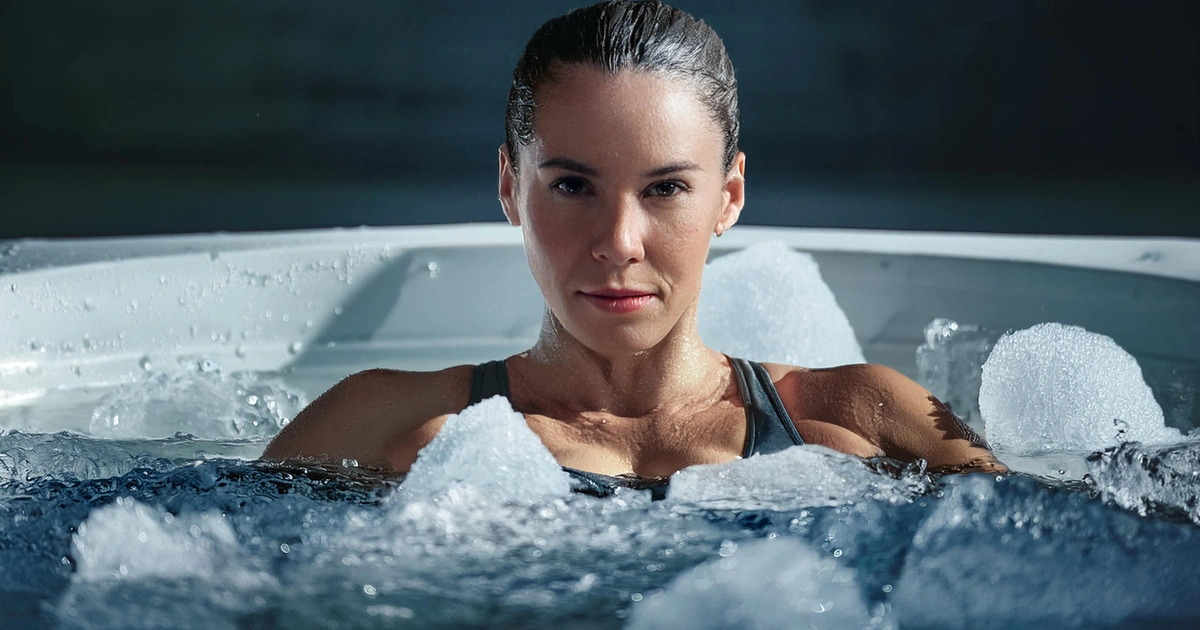Chilling Effects: How Cold Water Immersion Impacts Muscle Growth

Chilling Effects: How Cold Water Immersion Impacts Muscle Growth
Recent research 1 has uncovered surprising effects of a popular post-workout recovery technique - cold water immersion (CWI). While many athletes swear by ice baths to reduce soreness and inflammation, new evidence suggests this chilly therapy may actually impair muscle growth over time.
The Cold Hard Facts
A 7-week study examined how CWI impacts resistance training adaptations in 16 recreationally active men. One group took 15-minute ice baths at 10°C after each workout, while a control group rested passively. Both performed identical full-body resistance training 3 times per week.
The key findings were striking:
- CWI blunted increases in type II muscle fiber size compared to the control group
- Markers of muscle protein synthesis were reduced with CWI
- Indicators of muscle protein breakdown were elevated
- CWI diminished training-induced increases in heat shock proteins
Interestingly, improvements in leg press strength were similar between groups despite the differences in muscle growth. This suggests strength gains are not solely dependent on muscle size increases.
Mechanisms of Impaired Growth
Why does cold exposure hinder muscle hypertrophy? The researchers propose several mechanisms:
-
Reduced blood flow: Cold-induced vasoconstriction decreases muscle blood flow, lowering rates of muscle protein synthesis.
-
Blunted inflammation: The post-exercise inflammatory response, which plays a role in adaptation, may be dampened.
-
Impaired anabolic signaling: CWI reduced activation of key proteins regulating muscle protein synthesis.
-
Increased protein breakdown: Cold exposure appeared to elevate markers of muscle protein degradation.
Practical Implications
For those focused on maximizing muscle growth, these findings suggest regular ice baths after resistance training may be counterproductive. The study authors conclude CWI "should be avoided if muscle hypertrophy is desired."
However, CWI may still benefit recovery between training sessions or competitions. The key is strategic timing to avoid interfering with the critical post-workout anabolic window.
The Big Picture
This research adds to growing evidence challenging some long-held beliefs about post-exercise recovery methods. It highlights the complex nature of exercise adaptation and the need to carefully consider specific training goals when selecting recovery strategies.
As our understanding of exercise science evolves, so too must our approach to optimizing performance and body composition. For those chasing muscle gains, it may be time to step out of the ice bath and embrace the heat of adaptation.
References: